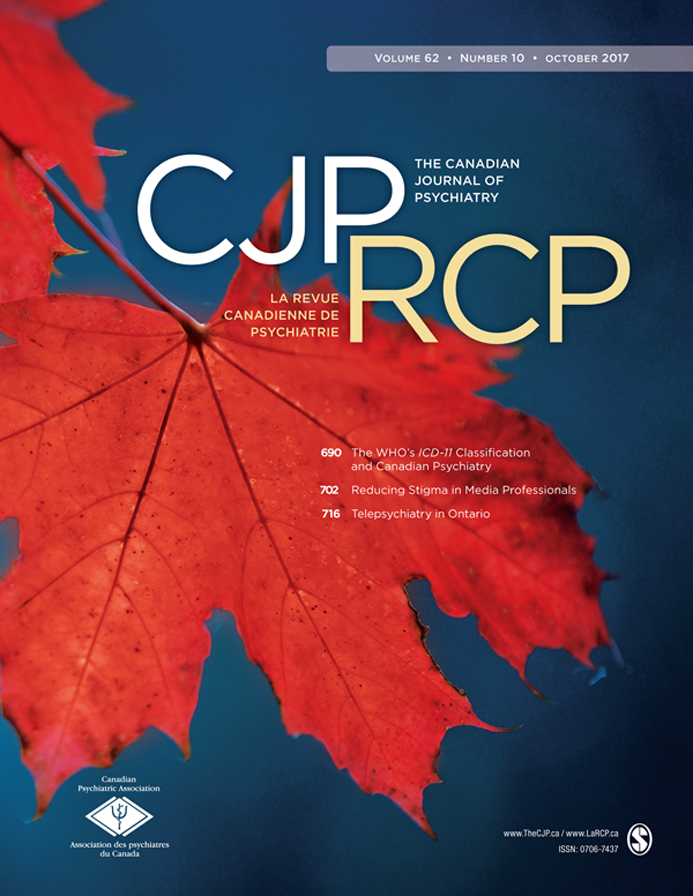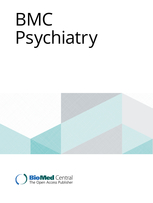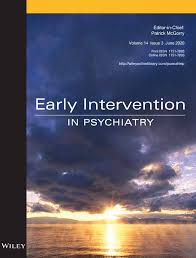Our Approach
-
Quantitative Research
Our quantitative research has multiple components including a minimum evaluation protocol and a stepped-wedge cluster randomized trial. Service transformation is being evaluated across all 14 study sites via a minimum evaluation protocol (MEP). The MEP collects longitudinal data on service user outcomes, service context, processes and impact as well as service user and family outcomes over 3.5 years. It is designed to answer 6 hypotheses (outlined below).
Six of the 14 sites are participating in a stepped-wedge trial whereby the intervention (a service transformation along the key objectives) was rolled out in three waves, each commencing six months apart. Two sites, one high-population and one low-population, were randomly assigned to each of the three waves (randomization was stratified by population size).
Given the breadth of issues addressed, strategies deployed and populations targeted, we ask the following main questions in this study:
- How and to what extent does ACCESS Open Minds work to identify youth in need and improve their access to high-quality mental healthcare?
- Among which youth groups and in which contexts is the service transformation most and least beneficial?
These research questions are operationalized through well-defined primary and secondary objectives and related hypotheses.
Primary objectives
To determine if the ACCESS Open Minds model:
- Increases early case identification
Hypothesis 1: There will be a significant increase in the number of youth seeking help at, or being referred to, study sites over the course of the project.
- Reduces systemic delay in responding to referrals/help-seeking
Hypothesis 2: The proportion of youth being offered an initial assessment by a trained clinician within 72 hours of referral/help-seeking will increase and be sustained at or above benchmark levels (once attained) over the course of the project.
- Reduces treatment delay (i.e., the delay between the initial evaluation and the commencement of appropriate treatment)
Hypothesis 3: Over the course of the project, a higher proportion of youth seeking services at sites will be offered appropriate care and/or interventions within 30 days (the Canadian Psychiatric Association’s benchmark) [31]. For urgent cases, the guidelines recommend commencing treatment in less than 30 days. This will be examined separately for youth with and without serious mental illnesses.
Secondary objectives
To determine if the ACCESS Open Minds model:
- Simplifies pathways to mental healthcare
Hypothesis 4: Over the course of the project, youth will make fewer help-seeking contacts in the previous 12 months before accessing services at project sites.
- Improves outcomes for youth served at project sites
Hypothesis 5: The clinical, social-vocational and subjective functioning of youth will significantly improve over the course of their follow-up. An additional objective is to determine which outcome domains are most impacted by treatment. The lengths of follow-up will vary depending on youth’s needs, severity of illness, etc.
- Satisfies youth and their families
Hypothesis 6: At least 75% of service users and their families/carers will be satisfied with services and service providers at all completion time-points.
-
Qualitative Research
The aim of the qualitative study for ACCESS OM is to understand the implementation of youth mental health services across its sites. The study consists of a case study based on the ACCESS OM model which will explore how:
1) The ACCESS OM model was drawn upon in enabling stakeholders to define appropriate care in response to the mental health needs of their community,
2) Ties and relationships were forged between site staff members and service providers in their community,
3) Community-based practices were harnessed with the aim of transforming services and
4) The relationships and practices developed through the ACCESS OM initiative are being sustained.
Semi-structured interviews are currently being conducted with site staff members, ACCESS OM clinicians, site leads, community members, service providers, policy-makers, youth council members and family council members. Recruitment is on the basis of their role within their respective site and in implementing services at the site. In addition, documentation is being analyzed alongside stakeholder interviews. Youth and family members are also being interviewed in order to understand their experiences accessing services, in particular the ACCESS OM site in their community. We estimate that 120 interviews will have been conducted by April 2021, along with approximately between 20 to 30 interviews with youth and family members/carers. Interviews, which began in 2019, are still being conducted and analysis will be complete in late 2021-early 2022.
Qualitative Research: Photovoice study
Co-led with the ACCESS OM National Youth Council and National Family and Carers Council, ACCESS OM is also conducting a photovoice study in conjunction with the qualitative study. Photovoice is an arts-based methodology that allows participants to express themselves through photography. Members of the youth and family councils received research and photography training to work with youth participants at each of their ACCESS OM sites to take pictures that reflect the youth’s story and lead discussion groups on the meanings behind the images. The images will be presented in an online art exhibit to highlight the work and stories of the participants from across Canada.
-
Economic Evaluation
Economic evaluations are being undertaken at three sites that represent different facets of the Canadian landscape: urban (Edmonton, AB), semi-urban (Chatham-Kent, ON), and Indigenous (Eskasoni First Nation, NS). The aim of these studies is to place the project’s goals of bringing more youth into appropriate care, faster, alongside the additional costs involved in the service transformation. The hope is that these analyses will provide the youth mental health community, funders and policy-makers with additional knowledge regarding what can be achieved with additional, sustainable investments in this area.
Latest Publications
Take a look through our complete list of publications in our Resources section here.








